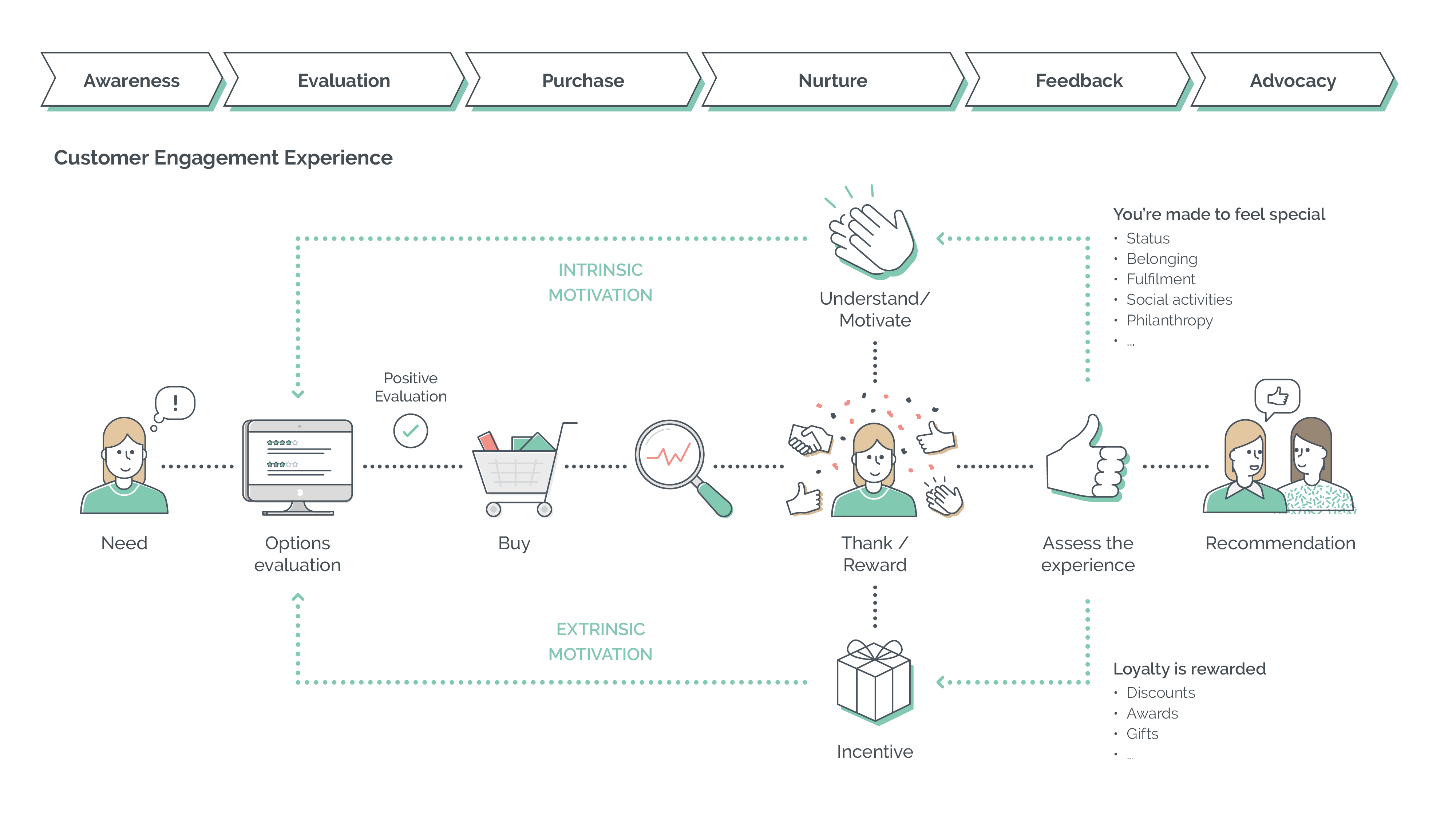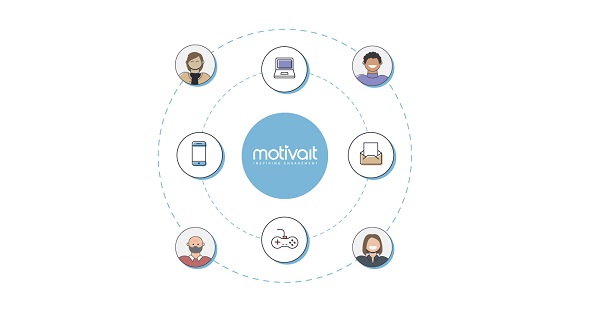The role of technology in recapturing consumers
When looking into the near future of the retail sector, little seems clear. Security measures have naturally taken precedence over most other matters in order to safeguard the health of employees and customers – retailers’ greatest assets. Meanwhile, over in the boardrooms, work is going into strategising and bracing for the effects of a challenging economy and the changes that society must now face.
There are many questions and uncertainties: how will new circumstances affect our traditional shopping habits? Can retailers stay profitable even when adapting to strict protective measures? And what does their relationship with customers now look like?
Not only has there been a change in the consumer mindset, but also a change in the mindset of retailers. Many large companies had already been advancing their omnichannel capabilities: reinforcing e-commerce and m-commerce development, customer-centric strategies, big-data processing, etc. The numbers we are now seeing speak volumes to how relied upon those systems have become. Deloitte’s recent report on “The Road to Recovery of the Consumer Industry” states that e-commerce in Spain went from representing 28% of total consumption to 74% in just two months, only possible thanks to the prior development of those online channels. However, the move to online is only half the story.
If we look at the sudden shift in the consumer landscape, confidence fell to 49.9% in April with 63.8% of citizens believing that they will need to watch their spending post-confinement, even after an eventual return to normality. Additionally, 61.3% of respondents mention price as an important factor to consider in their shopping habits, but the top purchase priority is instead close proximity. Consumers have moved to a ‘what do I need” mentality (as supposed to “what do I want?”), in some cases even taking up DIY activities from home, with mending and sewing and upcycling almost becoming more fashionable than fast fashion itself.
Without downplaying this data or consumer’s concerns, the work ahead now lies in implementing measures to support the industry – creating and designing effective strategies that will help regain and enable market confidence. So in this new environment, what role can technology play as a tool for recovery?
Getting Close, Again
Companies need to know more about the customer, get closer to them, understand them to make better business decisions, and above all, be able to provide them with memorable experiences at every touchpoint with their brand. Buying and selling is increasingly becoming less transactional, with growing focus on the experiences around purchases. Technology is vital to achieve this. Seamless transactions, accessible information, appealing design – the customer should remain at the centre of everything, across all channels. Retailers should think like the customer, dedicate time and effort into getting to know them in depth, and empathise with what they need or seek from the brand. Feeling that they are understood and ‘seen’ is the only way customers are going to go the extra mile to buy something. The technology that brands implement should support, communicate, and enable this connection effectively throughout a customer’s experience.
Personalise the relationship and connect emotionally, and in return, the customer will go to suppliers that they feel share their values. For example, the increasingly pronounced trend towards sustainability and the environment in the world of fashion. Customers are becoming more sceptical and demanding of the commitments they expect from their favourite brands. It is not enough to say they are doing ‘something’. People want to know how deep their commitment grows. Tendam is an interesting example in this space. Its sustainable model has been applied for years not only to manufacturing across all its brands, but also to business processes such as the use of renewable energy and the strengthening of a social and environmental supply chain. The commitment is profound and conveying that to their customers in order to foster meaningful engagement, to leave individuals who come into contact with them feeling good, is an equally important endeavour.

Fostering meaningful engagement – it’s more than just selling
Value is Greater than Price
Evidently, coming out of the last few months and looking at the challenges ahead, consumers will be avoiding splashing out. However, brands shouldn’t focus their responses on slashing prices. Customers can be swayed and won over by more than just the price point. Stores need to look to incorporate solutions that provide more value to their audiences both online and offline.
Technology is not simply a tool for improving reach, but also a fundamental part of the shopping experience that can enhance customer activity and loyalty. Encouraging messaging, reinforcing commitment and empathy to users, enabling access from the palm of your hand – effective use of digital channels can generate lasting, sustainable engagement even during a time of uncertainty. It’s not just talking about digital transformation or application of technology; the important thing is to make a difference, and to use tech to execute strategies that captivate the consumer, that encourage them to interact with the brand, that they can identify with, and receive intrinsic, emotional rewards. Offer your customer more than what you sell; provide a meaningful experience.
The physical store still has huge appeal for the customer of course. To be able to touch, assess the quality, work out sizes, try it and take it home at that time. Physical contact with the shop assistant and the ability to, ask questions and seek advice. That said, the latest in innovative tech solutions can be designed in a way that envelops and invites customers into an attractive environment for them to search, browse and explore. Technology also originally helped to enhance the experience in store, and continues to do so for everyone’s benefit: facilitating payments, scannable information on different products, virtual testers, or even virtual reality adventures that immerse the customer in a fun environment.
It is important to not forget that the employees themselves also have a key role here. Excellent customer service provides excellent profitability. Excellent employee engagement produces excellent customer service. We cannot afford to neglect talent, so there should be a call to action across the industry to retain, nurture and motivate its employees, devoting time and effort to training, professional development, solutions that improve commitment, participation and communication.
Maintaining ‘non-negotiable’ business objectives and providing engaging customer experiences aren’t exclusive and can be sustained against an uncertain business backdrop. The essence of omnichannel points to where the future of retail could lead us, with continued emphasis on technological integration of physical and online commerce channels. And we are running out of excuses to avoid exploring innovation. Thanks to the many devices and wearables available, the consumer is permanently connected. They have the power to choose how, when, and where to buy. From searching on a mobile app, to going to the store. The memorable experience must be continuous across all channels, through engagement solutions that generate the excitement and regenerative loyalty that retail needs now, more than ever.









